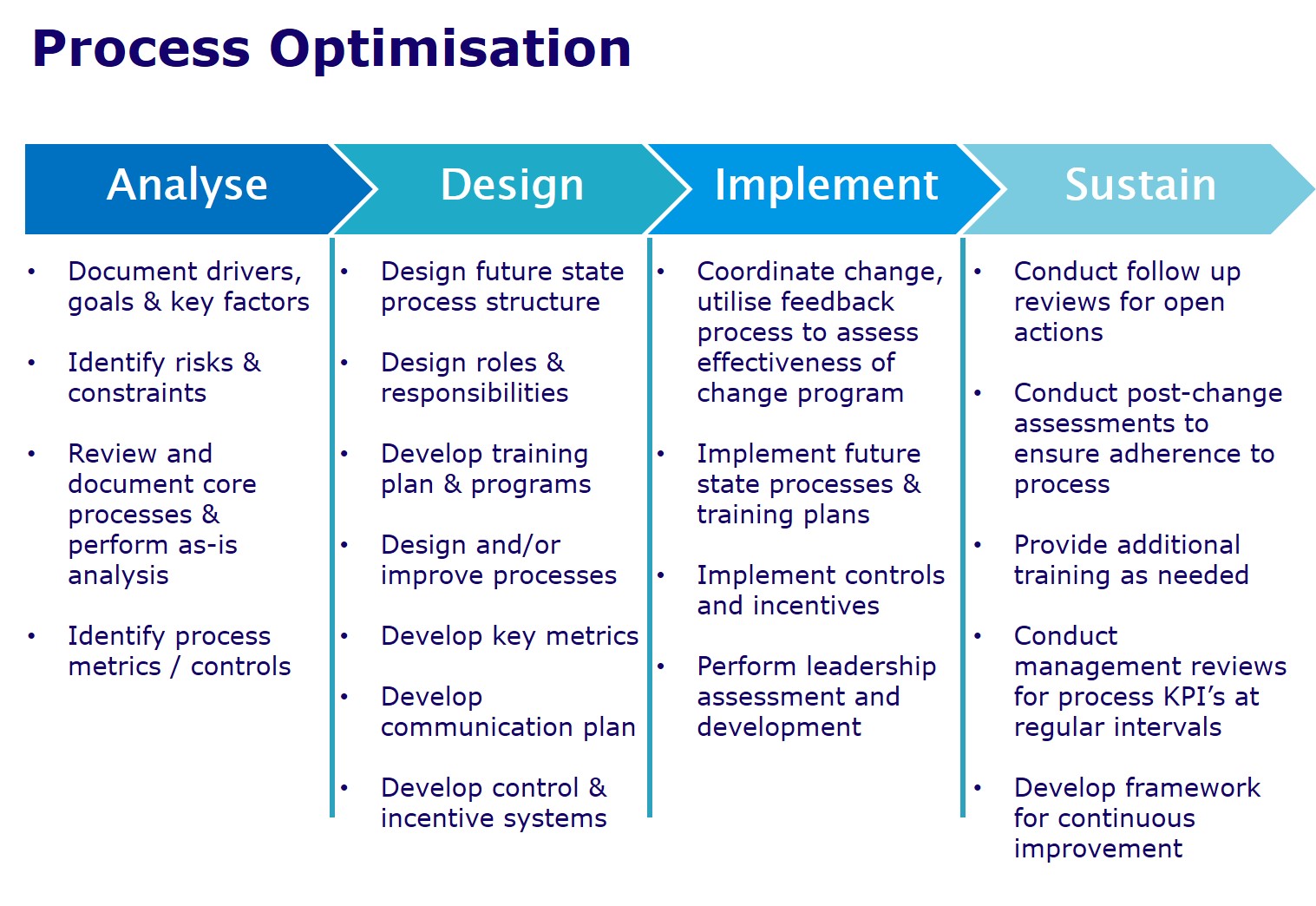I’ve had a number of discussions this past few weeks regarding GROWTH and SCALABILITY.
One recurring theme is regarding processes, and when I mention that processes should be standardised, I get the normal “we’re growing and that one size standardisation doesn’t fit and this is a back-office environment’
Process Standardisation
Let me explain, every business is individual and has its unique way of doing things, but that unique way can still be standardised. Having a room full of 20 Service Call Associates operating in their own way results in 20 different outputs and potential chaos.
If you were to standardise the process (optimised, least way way of doing things) written procedures, your 20 Associates now operate in the same way and give a repeatable, stable output.
This standard way, considers;
- Tasks and activities
- Decision points
- Cycle times
- Work in process
- Flow time
- Sequence
- Loops
- Travel / distance
Standardisation and Growth
A business has 555 calls coming into its service centre, it’s normal work hours/week are 37 hours (excluding breaks, etc).
Our TAKT Time
37 x 60 = 2220 mins/week
2220 / 555 = 4 mins TAKT
Let’s say our Standardised Process has a manual cycle time equalling 24mins
Therefore, our number of employees to match demand and capacity is
Total Manual Cycle Time/TAKT which is 24 / 4 = 6 Associates
Growth
our calls increase to 740/week so our TAKT = 3 mins
As our process is standardised this SCALABILITY is relatively easy to accommodate
24 / 3 = 8 Associates required
So, our PROCESS IS SCALABLE!
PS: these standard processes are TRANSFERABLE, think McDonalds.
Many thanks for viewing my post and would you please share it with anyone you feel would benefit from the advice provided.











